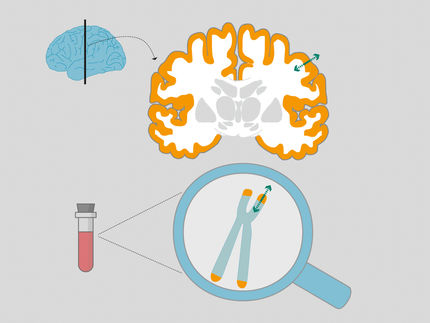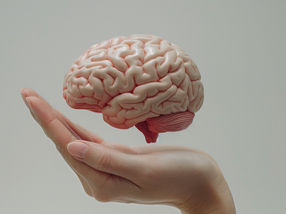New tool could help reshape the limits of synthetic biology
The 'telomerator' reshapes synthetic yeast chromosome into more flexible, realistic form, redefining what geneticists can build
NYU Langone yeast geneticists report they have developed a novel tool — dubbed "the telomerator" — that could redefine the limits of synthetic biology and advance how successfully living things can be engineered or constructed in the laboratory based on an organism's genetic, chemical base-pair structure. Synthetic biologists aim to use such "designer" microorganisms to produce novel medicines, nutrients, and biofuels.
In a report in the Proceedings of the National Academy of Sciences, NYU Langone scientists say the telomerator should also improve study of yeast genetics, the model microorganism for human genetics, and help researchers determine how genes, as well as the chromosomes housing them, interact with each other.
The research team, led by Jef Boeke, PhD, a professor and director of NYU Langone's Institute for Systems Genetics, built the telomerator to convert circular chromosomes into linear ones. Boeke says this better resembles the natural structure of more complex organisms, including humans. Comprising about 1,500 chemical base pairs linked together, the man-made piece of telomerator code can be inserted as a single unit at any position on circular DNA and almost anywhere among a chromosome's other genes, whose base pairs can number into the hundreds of thousands.
"Our new telomerator resolves a serious and practical issue facing biologists everywhere by helping us experiment with synthetic genes in ways that are more realistic and more closely aligned to the biology of higher organisms, such as humans," says Boeke. "Until now, we've relied on synthesizing functional and stable yeast chromosomes in a circular format — with their telomeres cut off — so they can be uniformly reproduced for easy experimentation within bacteria, whose chromosomes are circular in shape," he says.
What makes the telomerator particularly effective, researchers say, is its precise capacity to add buffering chromosome endings, or telomeres, to newly linearized yeast chromosomes.
Moreover, the telomerator, which took Boeke and lead study investigator Leslie Mitchell, PhD, two years to construct and test, allows researchers to study how a gene's position or placement on a chromosome affects the gene's function.
The key components of the telomerator are its telomere seed sequences, which are exposed when the telomerator "cassette" — its packaged components — is activated.
To test the device, Mitchell inserted a telomerator cassette at 54 different locations on a circular synthetic yeast chromosome of about 90,000 base pairs and tested whether the chromosome could be segmented and straightened at each position. Researchers compared the process to a clock dial, in which they could insert the telomerator at any "hour" on the clock face to break the circle and yield 12 different timelines, but all of equal length. Colonies grew for 51 of the linear yeast chromosomes, failing only in chromosomes where essential genes were placed too close to the telomere ends.
Additional testing confirmed that the modified yeast chromosomes were in a linear format and of the precise length predicted by researchers.
Most read news
Other news from the department science

Get the life science industry in your inbox
From now on, don't miss a thing: Our newsletter for biotechnology, pharma and life sciences brings you up to date every Tuesday and Thursday. The latest industry news, product highlights and innovations - compact and easy to understand in your inbox. Researched by us so you don't have to.


























































